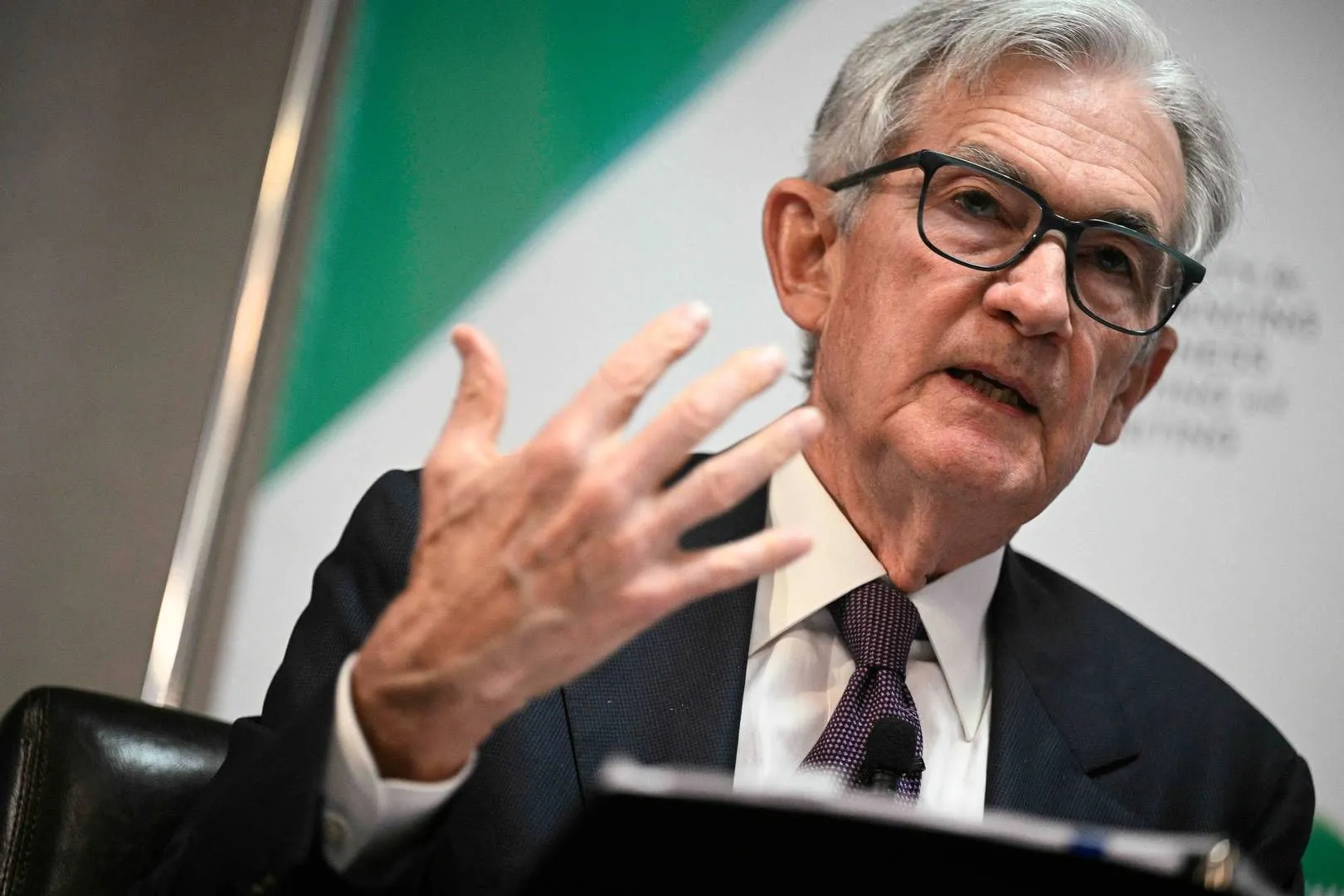The Federal Reserve is once again defending its independence, this time against intensifying pressure from Donald Trump. Until this week, support for the central bank had been limited. But on Wednesday, the Supreme Court stepped in, temporarily shielding Governor Lisa Cook from Trump’s attempt to fire her a move seen as the most serious test yet of the Fed’s autonomy. While the order is only a reprieve, the court will revisit the case in January.
The Fed finds itself in need of outside protection because Trump’s campaign against it has faced little resistance from Congress or financial markets. That lack of pushback has emboldened him to test long-standing norms designed to protect the central bank and by extension, the U.S. economy without suffering political or economic consequences.
“There hasn’t been the kind of backlash people expected,” said Graham Steele, a Stanford Law School fellow and former Treasury official. “If you’re a politician who thinks the ends justify tinkering with the Fed, the lack of blowback might make you think it’s worth it.”
Trump has repeatedly pushed for aggressive interest rate cuts, framing the Fed’s reluctance as harmful to American households and businesses. Economists broadly agree that independent central banks are better equipped to control inflation, but Trump’s team argues that Fed inaction is dragging down the economy. For its part, the Fed has stuck to its stance of making policy decisions without political interference.
In the past, Congress played a major role in defending the central bank. But with Republicans now controlling both chambers, support has weakened. Fed Chair Jerome Powell, who once prided himself on building bipartisan relationships on Capitol Hill, now faces a more divided environment.
“Republican senators are more under Trump’s thumb than during his first term,” said Steven Kamin, a senior fellow at the American Enterprise Institute and former Fed official. That reality was underscored when the Senate quickly confirmed Stephen Miran, a Trump economic adviser, to the Fed board despite concerns it could compromise independence.
Some Republicans have even joined Trump in criticizing the central bank. Senate Banking Committee Chair Tim Scott, for instance, raised questions about the Fed’s costly headquarters renovation, a theme Trump soon amplified.
Criticism of the Fed isn’t new and hasn’t been limited to conservatives. Since the 2008 financial crisis, both the left and right have accused the Fed of fueling inequality, missing post-pandemic inflation risks, and straying into issues like climate policy. Still, GOP lawmakers have mostly stopped short of openly attacking Powell himself, opting instead to stay quiet.
According to one source familiar with Republican thinking, lawmakers believe Powell has managed the Fed competently but are choosing their battles carefully, stepping in only if they see a direct threat that requires a strong response.
Financial markets have occasionally served as a check on Trump’s policies, notably forcing reversals on tariff announcements. Markets even wavered earlier this year on speculation Trump might fire Powell. Yet more recently, investor reaction has been muted.
When Trump announced on social media in August that he was firing Cook, Treasuries and the dollar moved only slightly. Inflation expectations remain anchored, suggesting markets don’t see a lasting threat to Fed independence for now.
“Markets are the last guardian of Fed independence,” said David Beckworth of the Mercatus Center. “Either they’re alert and not worried yet, or they’re asleep at the wheel. I lean toward the first view they see what’s happening but don’t think it’s time to act.”
The legal system may ultimately decide the matter. Trump has cited Justice Department investigations into Cook over mortgage-fraud allegations as grounds for dismissal, though she denies wrongdoing and has not been charged. Lower courts blocked Trump’s effort, and the Supreme Court’s latest move allows her to remain for now, with a full hearing scheduled for January.
While the court has largely supported Trump’s broader use of executive power this year, it previously described the Fed as “uniquely structured,” signaling it may be willing to draw a line in this case.
Through it all, Powell has maintained a low profile, insisting the Fed best serves the public by avoiding political battles. “We keep our head down and do our jobs,” he said recently.
Critics argue that this silence leaves the Fed at a disadvantage against a White House willing to attack openly. But others say the institution’s credibility comes from staying above the fray. “Markets still believe the Fed is acting independently, and that’s the most important thing,” said Scott Alvarez, former Fed general counsel.
Still, some warn the central bank may need to adapt. Steele noted that the Fed has run into trouble before when it failed to adjust to shifting political realities. “They need to consider the world they’re really operating in now,” he said.
Trump shows no sign of backing down. He has hinted at reshaping the Fed board to secure a majority and has promised to replace Powell with a chair committed to lower rates once his term ends next year. Treasury Secretary Scott Bessent, overseeing the selection process, has been outspoken in calling for a sweeping review of the Fed.
Despite the pressure, the Fed has not fully yielded. Last month it cut rates for the first time in 2025, but by far less than Trump demanded, while signaling caution ahead.
“The real test of Trump’s campaign will be in the policies the Fed ultimately implements,” said Kamin of AEI. “So far, the impact is limited. But the bigger effects could emerge down the line.”

Subscribe to our newsletter!
As a leading independent research provider, TradeAlgo keeps you connected from anywhere.








